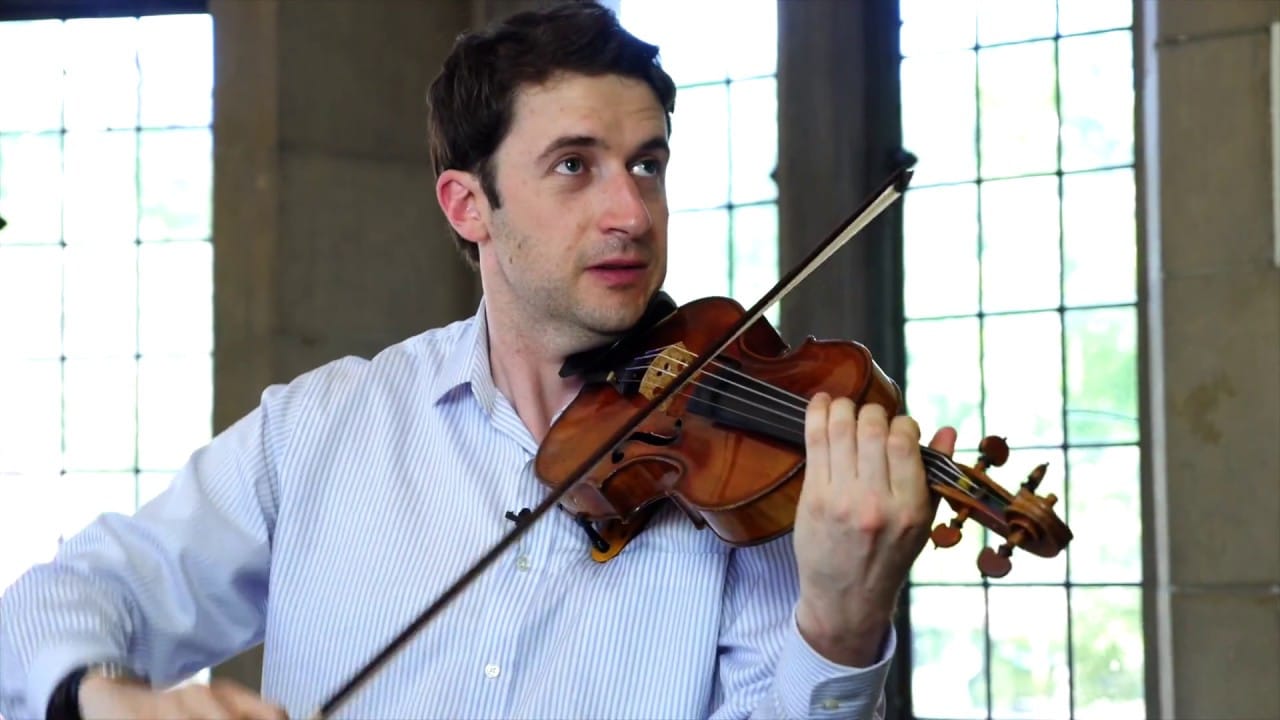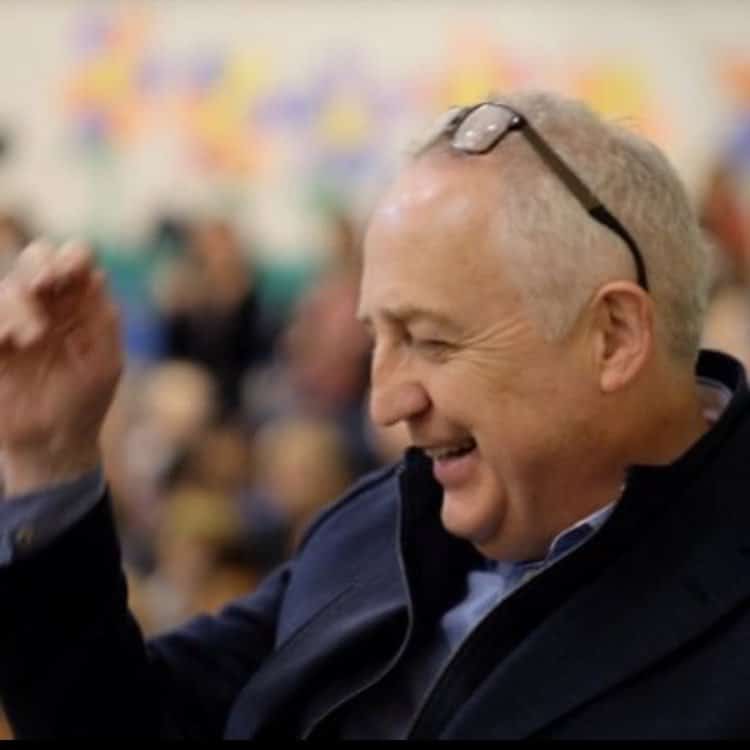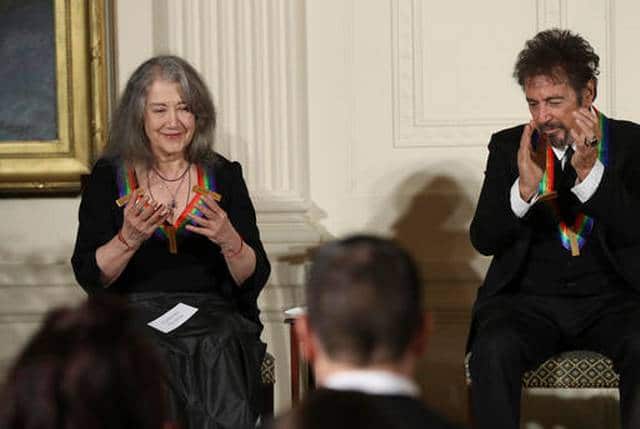How to compose for Anthony Roth Constanzo
OrchestrasThe countertenor Anthony Roth Costanzo and bass-baritone Davóne Tines are among current performers of songs by Jonathan Dawe, who has landed a management deal with Cherny Artists. He is the company’s first composer.
In the press release we read: ‘Vocalists are drawn to Dawe’s music, which involves the recasting of energies and sounds of the past into decisively new expressions, through compositional workings based on fractal geometry.’
So that’s how it’s done?






Comments